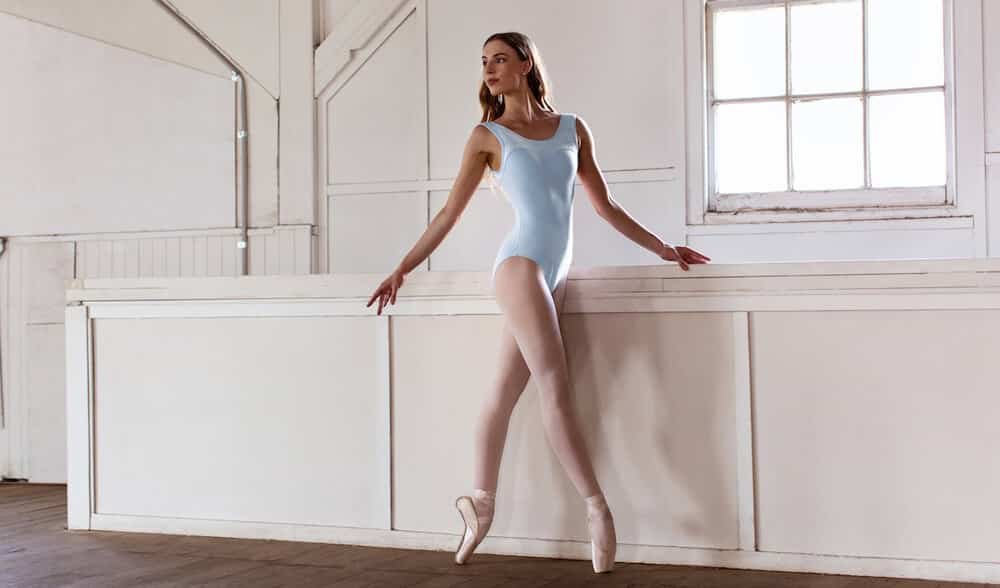Dancewear leotards have been a staple of dance fashion for decades. They are versatile, comfortable, and form-fitting, perfect for various dance styles. From ballet to contemporary, jazz to hip hop, there is a dancewear leotard for every dance style. This article will discuss some popular styles of dancewear leotards and how to wear them.
Ballet Leotards
Ballet dance suits are perhaps the most well-known and iconic style of dancewear. They are traditionally worn in ballet classes and performances and are characterised by their classic, timeless style. Ballet suits typically have high necklines, long sleeves, and full coverage on the back. They come in various colours, but black, white, and pastel shades are the most common.
Ballet suits are typically worn with tights and ballet slippers. Some dancers prefer to wear ballet skirts or tutus over their leotards for performances. When selecting a ballet leotard, it’s important to consider the fit. Ballet dancewear should be form-fitting and stretchy for maximum mobility and flexibility. Look for dancewear with high-quality materials that won’t sag or stretch out over time.
Jazz Leotards
Jazz dance suits are typically worn for jazz dance performances and classes. Their sleek, form-fitting style characterises them and often features cutouts or mesh details. Jazz dancewear comes in various styles, from classic tanks to daring, strappy designs.
When selecting a jazz leotard, consider the dance style you’ll be performing. If you are doing many turns, a leotard with a low back or cutouts on the sides can help keep you cool and prevent the leotard from riding up. Opt for a jazz leotard with long sleeves and a high neckline if you prefer more coverage.
Tap Leotards
Tap dance is all about rhythm and precision. Tap suits allow maximum movement and sound with form-fitting designs and sleek, smooth lines. Tap suits often feature unique details like sequins, mesh, or metallic accents to enhance performance.
When selecting a tap leotard, consider the fit and fabric. Look for dancewear made from stretchy, comfortable materials that allow for maximum mobility and sound. Consider any special details like sequins or metallic accents that may enhance your performance.
How to Wear Dance Leotards
Now that you have learned about the different styles of dance suits, here’s how to wear them.
Fit
A well-fitting dancewear leotard should be snug but not too tight. Look for dancewear made from stretchy, comfortable materials that allow for maximum movement and flexibility. Ensure the leotard is not too loose or tight around the bust, waist, or hips, which can affect your performance and overall comfort.
Style
Consider the style of the dancewear leotard you’ll be wearing. If you are performing ballet, opt for a classic, form-fitting style with a high neckline and full coverage on the back. If you are performing jazz, look for a sleek, modern design with unique cutouts or mesh details. Consider a flowy, loose-fitting leotard with unique details like cutouts or draping fabric if you’re performing contemporary.
Accessories
Accessories can help enhance your dancewear leotard and complete your dance outfit. For ballet, consider pairing your leotard with tights, ballet slippers, and a ballet skirt or tutu for performances. For jazz or hip-hop, opt for leggings or shorts and sneakers. Consider adding a pinch of colour with a scarf or headband.
For decades, dancewear leotards have been an indispensable part of dance fashion, and it’s not hard to see why.They are comfortable, versatile, and form-fitting, perfect for various dance styles. So, whether you’re preparing for a dance recital or dance class or want to embrace leotards’ comfortable and stylish nature, the above styles can help you find the best one.







